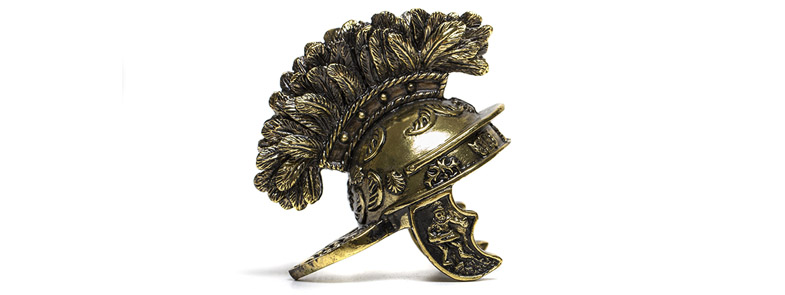Take a walk around the grounds of Grim’s Dyke and you’ll see what remains of an ancient Dyke running through our woodlands.
The Dyke has a long and speculative history. It is said to have originally been built in the 1st Century by the Catuvellauni tribe to defend against the Romans – but that the very people it was built to defend against, extended it to defend themselves from the original builders!
Who were the Catuvellauni Tribe?
The Catuvellauni Tribe resided in south-eastern Britain before the Roman conflict. Their name is said to derive from a compound of the ancient Celtic roots katu (meaning ‘battle’) and wer-lo (meaning ‘better’). They are said to have led the resistance against the conquest in AD 43 and Cassivellaunus, (who led the resistance to Julius Caesar’s first expedition to Britain in 54 BC) is himself, often taken to have belonged to the Catuvellaunian Tribe.
The Catuvellauni Tribe was also named as one of the civitates (or body of citizens) of Roman Britain in Ptolemy’s Geography in the 2nd Century.
King Tasclovanus (20 BC – AD 9) was the first king to mint coins in the Catuvellaunium capital of Verlamion in 20 BC. He was succeeded by his son, Cunobelinus (AD 9 – AD 40).
The Grim’s Dyke
Originally a little over 3 miles long, Grim’s Dyke is a large bank and ditch earthwork – meaning the land was artificially changed to create the bank and ditch. It stretches from Pinner Green to Harrow Weald Common.
The exact reason for its creation is unknown, with speculation pointing towards a both a defence barrier and a confrontation line from the post-Roman period. Some will argue that it’s too small to be suitable for military use, so reason it was to mark the opposing British political units of post-Britain – especially as it cuts London off from the countryside to the north.
The Grim’s Dyke name
Even the origins of the name “Grim’s Dyke” are shrouded in mystery – with some saying it’s named after “Grim” (the name given to the English King of the Gods and God of death “Woden”) and others arguing that it’s named after a goblin or even the devil. Especially as it is said that the devil himself dug the ditch in 1 day…
Whatever the origins of The Grim’s Dyke and the Catuvellaunian Tribe themselves, they are both forever marked in the intricate history of Harrows Weald and Britain itself.


